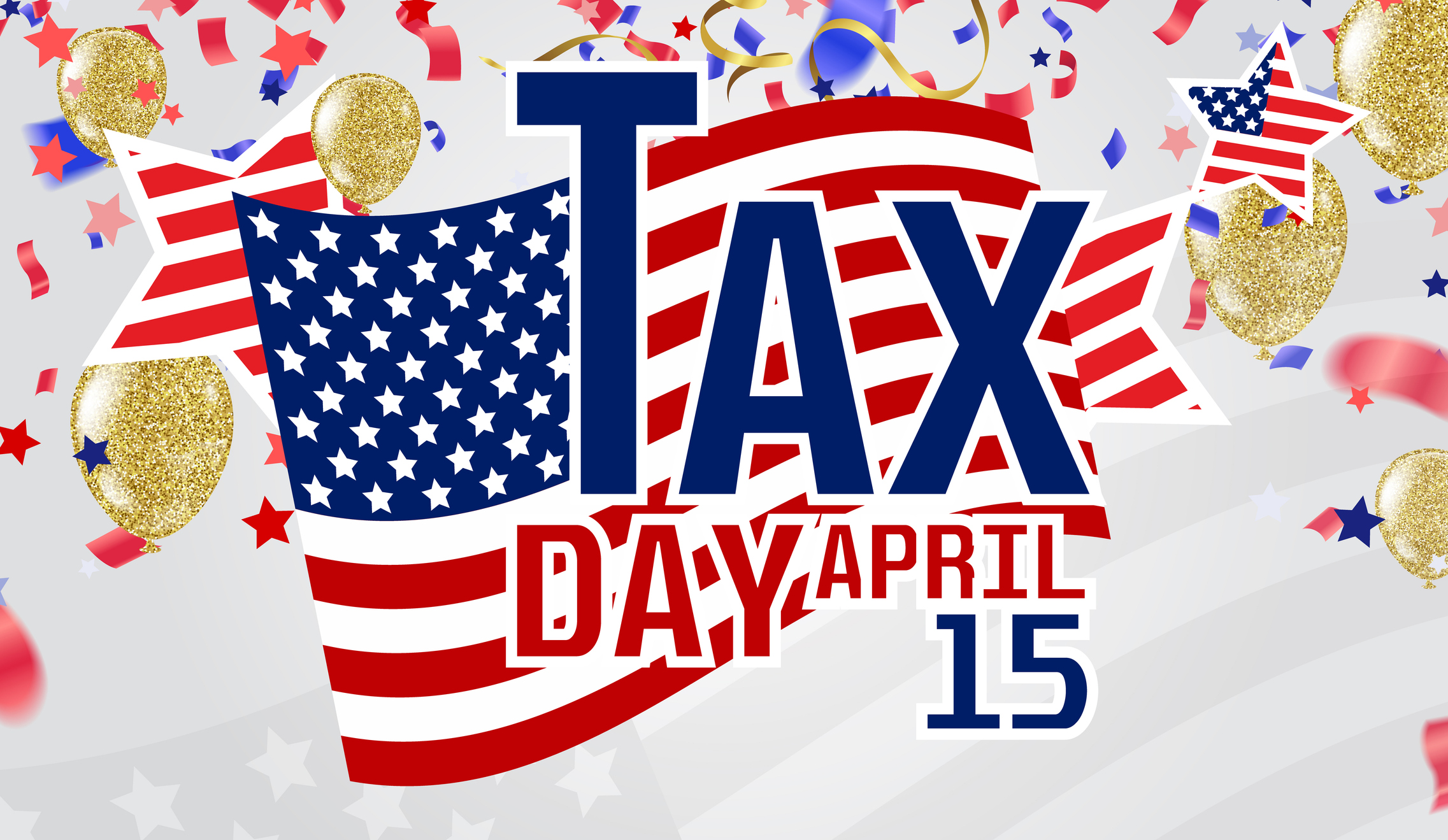7 Interesting Facts I Discovered in Donald Trump's Tax Return
Some thought-provoking gems about income, losses and alimony lie buried in the old document (limited as it is), if you read between the lines.


As Congress hammers away at its tax overhaul proposal, maybe now is a good time to take a closer look at one famous tax return in particular: Donald Trump’s.
Maybe you’ve forgotten, but in March we finally got a copy of Donald Trump’s tax return. There are just a couple of small problems. It’s only two pages of it, and it’s from 2005.
But can we really tell much about his tax situation? Even though it's only two pages, there are a few details that can be gleaned. Let’s take a look at some of the items I discovered in the return.

Sign up for Kiplinger’s Free E-Newsletters
Profit and prosper with the best of expert advice on investing, taxes, retirement, personal finance and more - straight to your e-mail.
Profit and prosper with the best of expert advice - straight to your e-mail.
Do they look favorable or unfavorable to Trump? I’ll let you decide.
$42 million on a Schedule C.
Trump has $42 million in business profit on Form Schedule C. This schedule reports income from sole proprietorships. This is an incredibly high amount, because all accountants should know that Schedule C is the most audited tax schedule. The IRS loves to go after people who have them.
The main reason is that taxpayers (and sometimes tax professionals) often have trouble completing them accurately. If audit adjustments occur, the IRS not only gets federal income taxes, but self-employment taxes as well.
Another reason this is strange is that all of the income earned above the Social Security cap ($90,000 in 2005) is subject to Medicare taxes of 2.9%. Considering Trump had wages of approximately $998,000, he was already well above the Social Security cap.
So assuming this income came from an S-Corporation (and he paid himself a reasonable wage), he could have possibly saved himself Medicare taxes in excess of $1 million. Not a bad deal.
In addition to tax savings, he may have been able to limit his audit exposure. But my guess is he is probably audited every year anyway, so I guess it doesn’t matter.
Large net operating loss.
The big negative number of $103 million on line 21 is presumably a net operating loss carryover. This loss is being used to offset income made during the year.
Of course, we don't know for sure, but this may be the carryover from the infamous $916 million loss taken in 1995. Assuming this is the case, it was all utilized in 2005 and there would be nothing left to carry forward into future years.
Alimony received?
Many folks may not realize that when you receive alimony, it is a taxable event. Line 11 to the return is where alimony received would show up, and there is none on the 2005 return. However, just to the left of the line it says “STMT 6.” STMT mean “statement.” A statement to the tax return is where one would disclose additional information relative to that tax line. It typically contains a detail of amounts received or deducted. It may also include a narrative discussing the specifics of that line.
Now, since there is no number entered in this line, it appears that neither Donald nor Melania received alimony that year. But why would there be a statement? The only thing I can think of was that there was alimony received in prior years and the accountant just forgot to take the statement out. Did Melania receive alimony in the past? Has Donald received alimony from his ex-wives? Who knows?
2005 was a much better year than 2004.
I am assuming this is the case as a result of the big extension payment of $22.4 million. Trump made estimated tax payments of $13.3 million and had federal income tax withholdings of approximately $433,000. But he paid in $22.4 million with his extension request.
Presumably, the $13.8 million in estimated taxes and withholdings would have been similar to what his tax liability would've been for 2004. Of course, we can’t be certain. This would result in the $22.4 million extension payment to offset the big increase in income.
Penalties and interest.
Trump incurred penalties and interest of $158,000. This occurred because he filed an extension and paid the remaining $2.2 million that was due after April 15. As a result, he would have been assessed interest of approximately 3% along with a non-payment penalty of a half a percent a month.
If he were my client, I would've requested that he pay in a larger amount with his extension. That way he can minimize penalties and interest and just roll any overpayment into the subsequent year. But this was 2005, so he was probably using the government’s money to chase more real estate deals.
AMT is brutal.
Trump got hammered by the alternative minimum tax (AMT). Most people have heard of AMT, but don't really know what it is. Essentially, all taxpayers go through two sets of tax code — the “regular” tax and the alternative minimum tax. They pay whichever is greater. AMT tends to trap folks with high state and local taxes (like real estate taxes).
But it can also trap folks with large long-term capital gains like Trump had in 2005. Even though the regular tax assessed 15% on his gains, AMT turned around and hit him hard. His regular tax was $5.3 million, but his AMT was $31.2 million. This resulted in a total tax liability of $36.5 million (excluding self-employment tax).
Foreign ties?
On line 47 of page 2, we can see a foreign tax credit of approximately $24,000. This relates to tax payments made on foreign investments or business interests. When these interests are taxed in the foreign country the taxpayer gets a credit back in the U.S. to avoid double taxation.
I think it is no surprise that Trump has foreign business interests. The amount paid is relatively small. This could be because he had limited foreign interests, they generated minimal profits in 2005, or possibly the foreign governments didn’t tax such income. Possibly the interests were just structured differently. We don’t really know.
Conclusions?
Maybe in the future we will be able to examine a full and complete copy of the tax return. That way we will be able to see charitable deductions and other interesting items. Unfortunately, just two pages of a 1040 tax return don’t tell us much.
We may be left with more questions than answers. But one thing it clear — there are a few interesting details evident in Trump’s 2005 tax return.
Get Kiplinger Today newsletter — free
Profit and prosper with the best of Kiplinger's advice on investing, taxes, retirement, personal finance and much more. Delivered daily. Enter your email in the box and click Sign Me Up.

Paul Sundin is a CPA and tax strategist. With a worldwide client base, he specializes in tax planning and tax structuring for individuals, entrepreneurs and the real estate industry. In addition to being a CPA, he is also an author, speaker and consultant. His professional mission is to educate taxpayers on tax strategies and personal finance.
-
 In Trump’s Economy Should 401(k) Savers 'Set It and Forget It?'
In Trump’s Economy Should 401(k) Savers 'Set It and Forget It?'It’s hard to bury your head in the sand when the markets are volatile. Here’s when it makes sense and when it doesn’t.
By Donna Fuscaldo
-
 Ten Cheapest Places To Live in Florida
Ten Cheapest Places To Live in FloridaProperty Tax Make your Florida vacation spot daily living — these counties have the lowest property tax bills in the state.
By Kate Schubel
-
 Will My Children Inherit Too Much?
Will My Children Inherit Too Much?If you worry about how your children will handle an inheritance, you're not alone. Luckily, you have options — from lifetime gifting to trusts — that can help.
By Mallon FitzPatrick, CFP®, AEP®, CLU®
-
 Ask the Editor: Reader Questions, April 18 — Amended Returns
Ask the Editor: Reader Questions, April 18 — Amended ReturnsIn our Ask the Editor: Taxes, April 18, round-up — Joy Taylor, The Kiplinger Tax Letter Editor, answers questions on amended returns, mortgages and deductions.
By Joy Taylor
-
 Four Takeaways From Filing Your Taxes to Boost Your Financial Future
Four Takeaways From Filing Your Taxes to Boost Your Financial FutureNow that another tax season is in the rearview mirror for most of us, what lessons can you take from what you learned about your finances to plan for the future?
By Kate Winget
-
 How Many IRS Commissioners Have We Gone Through This Year?
How Many IRS Commissioners Have We Gone Through This Year?IRS Who were the former IRS commissioners, and why did they resign? Find out how IRS turnover can impact your taxes.
By Kate Schubel
-
 First 100 Days: Trump's Impact on Your Finances
First 100 Days: Trump's Impact on Your FinancesHere are some opportunities to consider regarding investing, interest rates and tax cuts as the financial landscape shifts under the new administration.
By Daniel Razvi, Esquire
-
 What Would Happen if You Put Your Tax Refund in an IRA?
What Would Happen if You Put Your Tax Refund in an IRA?Not only could you get a tax break, but the compounding effect over 35 years could turn the average refund into nearly $14,000.
By Romi Savova
-
 A QLAC Does So Much More Than Simply Defer Taxes
A QLAC Does So Much More Than Simply Defer TaxesHere are the multiple ways you can use a QLAC, from managing retirement risks to creating income for specific retirement needs and wants.
By Jerry Golden, Investment Adviser Representative
-
 Tax Day 2025: Don’t Miss These Freebies, Food Deals and Discounts
Tax Day 2025: Don’t Miss These Freebies, Food Deals and DiscountsTax Day You can score some sweet deals on April 15 in some select restaurants like Burger King, Shake Shack, and more.
By Gabriella Cruz-Martínez